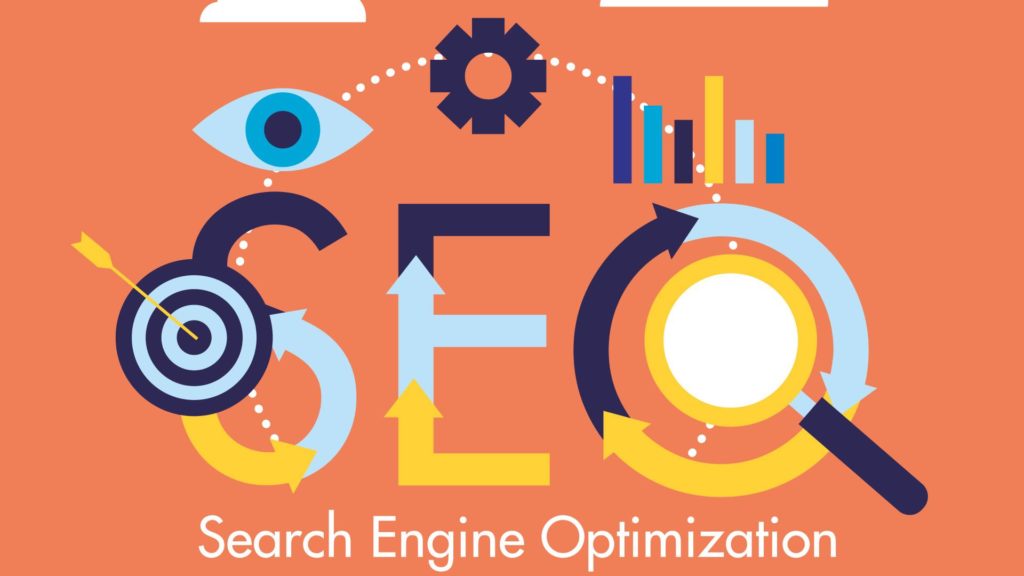What is the future of SEO in 2025?
The Future of SEO in 2025: What’s Next for Search Optmization? Search engine optimization (SEO) is constantly evolving, and as we move into 2025, businesses need to stay ahead of the curve. With Google’s algorithms becoming more sophisticated, user behaviors changing, and AI playing a bigger role, SEO strategies must adapt to remain effective. So, what does the future of SEO look like in 2025? Let’s dive into the biggest trends shaping search optimization and how businesses—especially those looking for a reliable SEO company in Dubai—can stay ahead. 1. AI and Machine Learning Will Dominate SEO AI-driven search engines like Google’s RankBrain and BERT are already influencing search rankings, but in 2025, we can expect AI to play an even bigger role. Google will prioritize user intent more accurately, meaning businesses must focus on creating content that answers users’ questions rather than just stuffing keywords. AI-generated content will rise, but Google will continue refining its ability to detect high-quality, human-written content over AI-generated fluff. For businesses working with an SEO agency in Dubai, the focus should be on natural, engaging content that aligns with search intent. Learn more about how AI is used in Digital Marketing. 2. Voice Search Will Change Keyword Strategies With the increasing popularity of voice assistants like Siri, Alexa, and Google Assistant, voice searches will account for a larger share of search queries. Unlike traditional text-based searches, voice queries tend to be longer and more conversational. What This Means for SEO in 2025: Optimize for long-tail keywords and natural language Focus on question-based search queries (e.g., “Where can I find the best SEO agency in Dubai?”) Improve local SEO for businesses targeting location-based searches Companies that adjust their SEO strategies to accommodate voice search will have an advantage in rankings. 3. Search Experience Optimization (SXO) Will Replace Traditional SEO SEO is no longer just about keywords and backlinks. Google is now prioritizing Search Experience Optimization (SXO, a combination of SEO, UX (user experience), and technical performance. Key Factors That Will Impact Rankings in 2025: Core Web Vitals: Page speed, interactivity, and visual stability matter more than ever. Mobile-first indexing: Google already prioritizes mobile-friendly websites, but by 2025, it will be a non-negotiable ranking factor. Interactive and engaging content: Videos, quizzes, and immersive experiences will boost engagement and rankings. If you’re looking for an SEO company in Dubai to help improve your website’s user experience, now is the time to prioritize SXO strategies. 4. Zero-Click Searches Will Continue to Rise Google’s Featured Snippets, Knowledge Panels, and People Also Ask allow more users to find answers without clicking through any website. This is both a challenge and an opportunity for SEO. How to Win in the Era of Zero-Click Searches? Optimize for Google Snippets by structuring content with bullet points and concise answers. Use schema markup to enhance how your content appears in search results Target informational queries and position your website as an authority SEO in 2025 isn’t just about ranking #1—it’s about owning more real estate in search results. 5. E-E-A-T Will Be More Important Than Ever Google’s E-E-A-T framework (Experience, Expertise, authority, and Trustworthiness) will continue to be a major ranking factor in 2025. Businesses need to establish authority in their niche by: Showcasing expert content written by industry professionals Building high-quality backlinks from trusted websites Maintaining an active online presence through social media and PR 6. Video & Visual Search Will Take Over With platforms like YouTube, Instagram, and TikTok influencing search behavior, Google prioritizes video and image content more than ever. SEO Strategies for Video & Visual Search: Optimize video content with descriptive titles, tags, and transcripts Use image SEO (alt text, captions, and structured data) Leverage Google Lens and visual search to attract new audiences If your business isn’t focusing on video content yet, 2025 is the year to start! Final Thoughts: The Future of SEO in 2025 In 2025, SEO is about more than just ranking on Google: It’s about delivering a seamless user experience, optimizing for new search technologies, and proving your authority in your industry. For businesses in the UAE, working with an SEO company in Dubai can help you stay ahead of the curve and effectively implement these future-proof strategies. If you are ready to improve your SEO strategy for 2025, contact Panamedia, your trusted SEO agency in Dubai!
What is the future of SEO in 2025? Read More »











